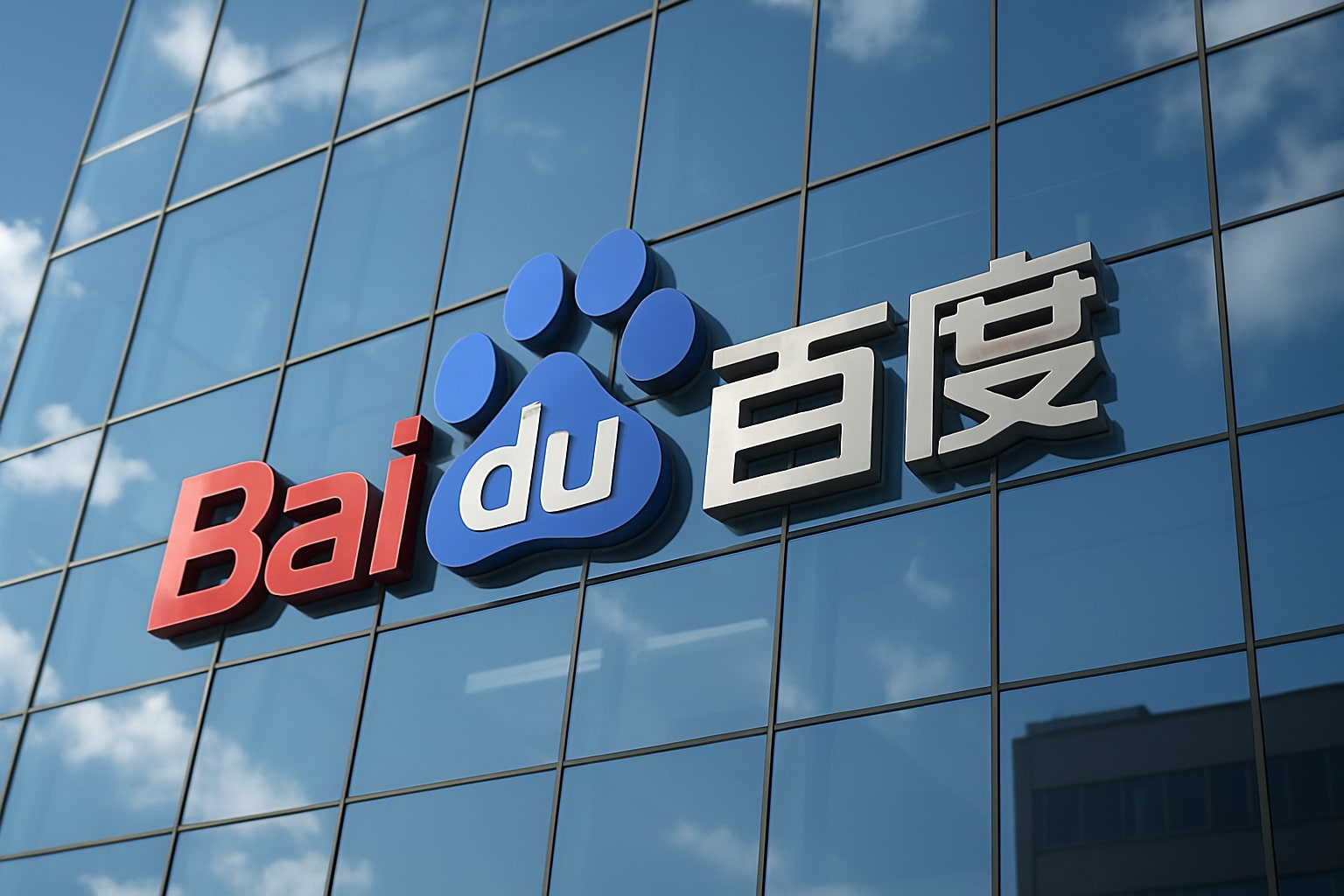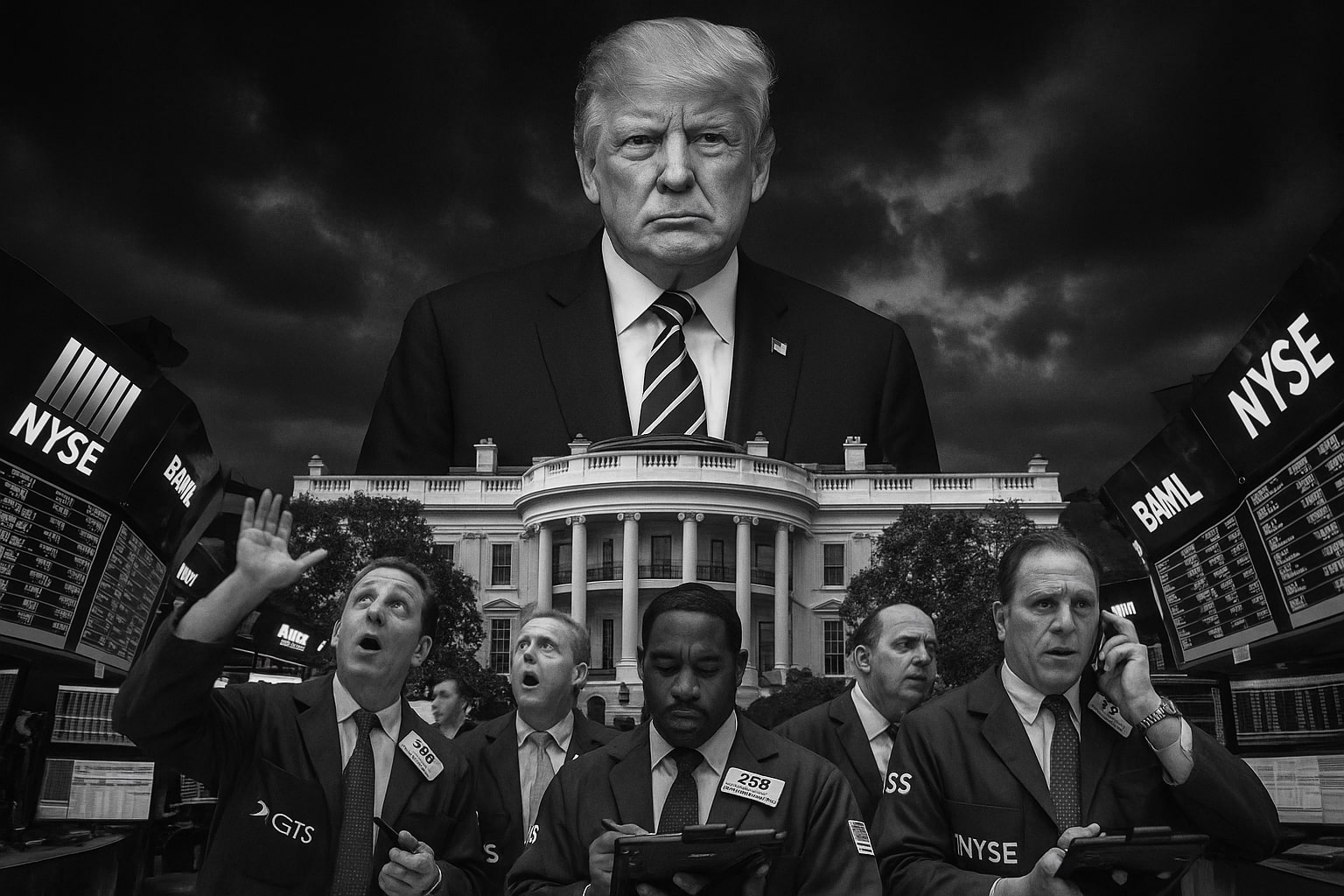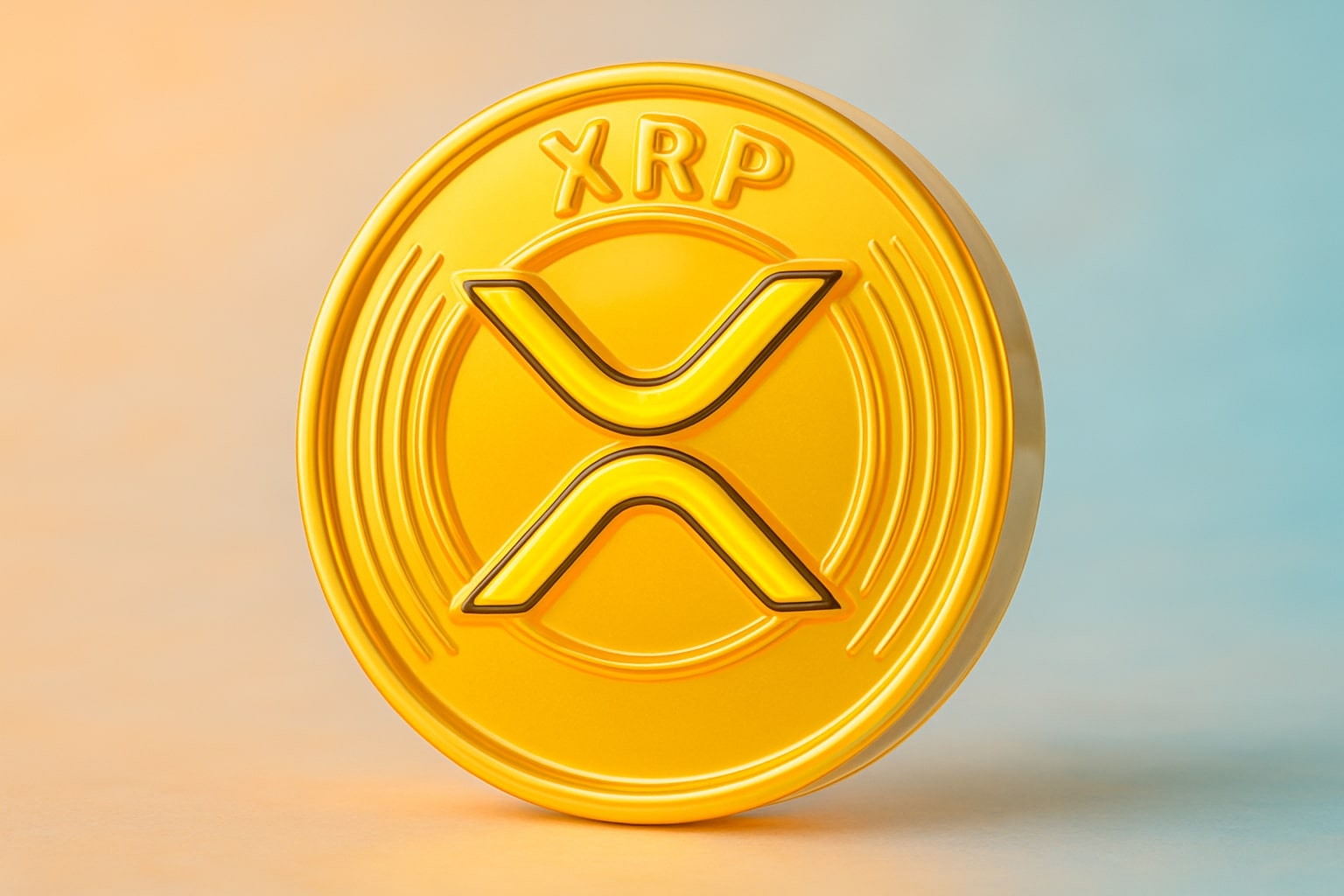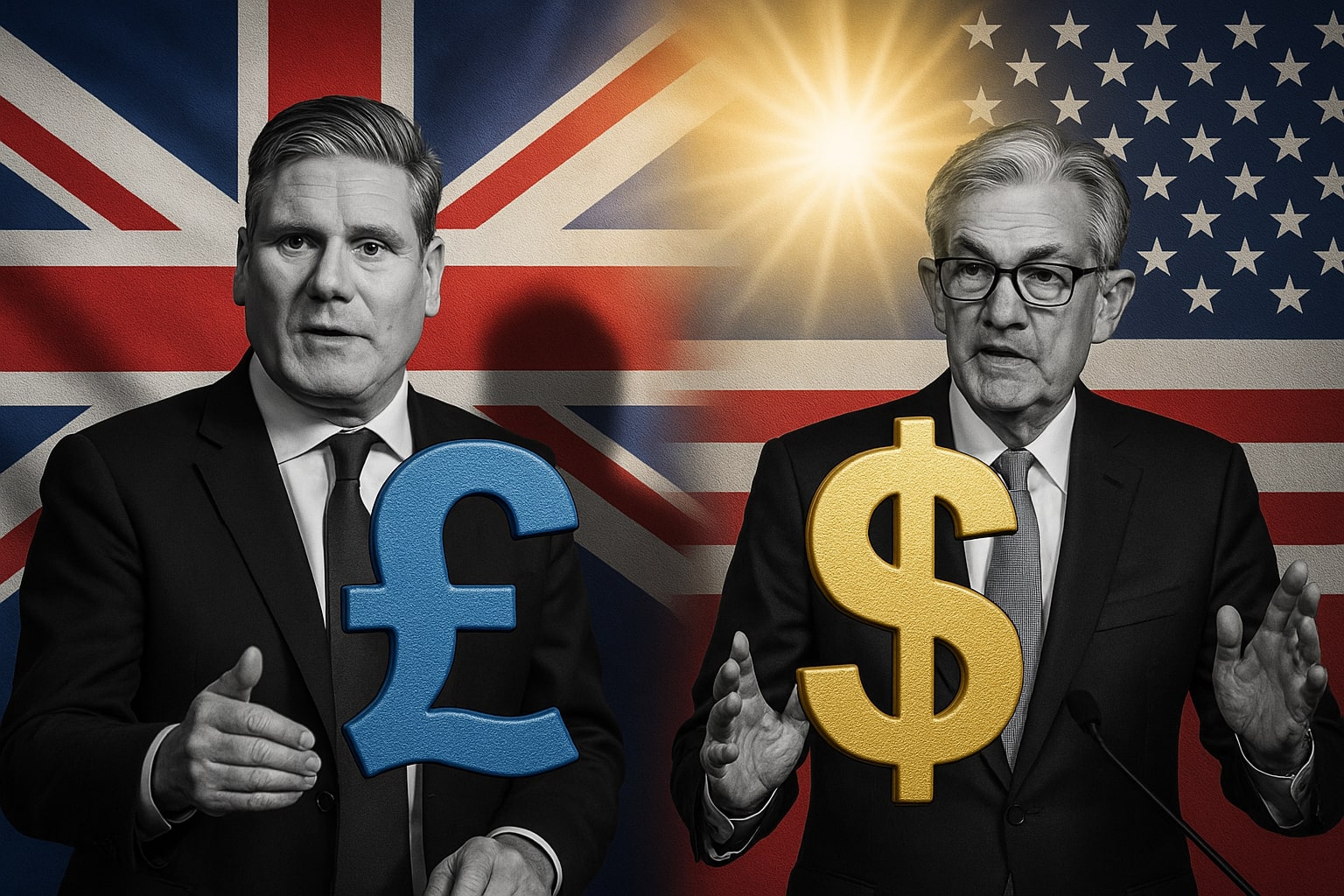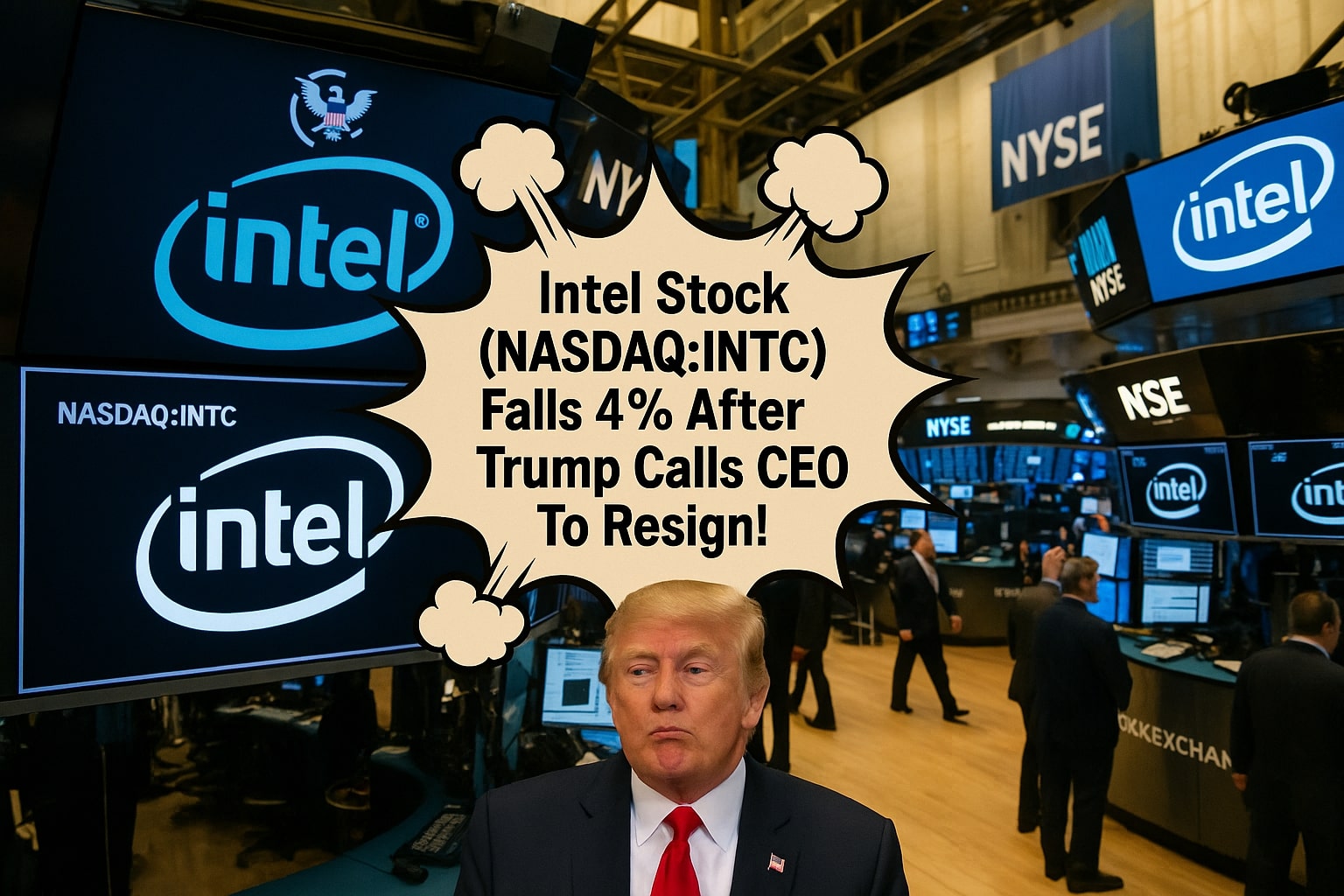
INTEL (NASDAQ:INTC) Stock Falls 3.8% as Trump Mounts on CEO
NASDAQ:INTC falls below $20 amid Trump’s public resignation demand and Senatorial inquiries into executive ties to Chinese entities | That's TradingNEWS
NASDAQ:INTC Shares Tumble As Political Turmoil Mounts
The opening bell on August 7 saw NASDAQ:INTC trade at $20.41, but a wave of political rhetoric from President Trump triggered a sharp reversal, leaving shares at $19.64 by mid-afternoon—down 3.77% on the session. Investors recoiled after Trump’s Truth Social post declaring CEO Lip-Bu Tan “highly CONFLICTED” and demanding his immediate resignation. The public admonishment was compounded by Senator Tom Cotton’s intelligence-committee letter questioning Mr. Tan’s former role at Cadence Design and his investments in Chinese semiconductor firms, intensifying doubts over Intel’s governance and national-security posture.
Quarterly Financials Versus Wall Street Targets
Intel’s second-quarter revenue of $15.36 billion comfortably exceeded the consensus forecast of $14.96 billion, yet profitability woes cast a longer shadow. Non-GAAP gross margins fell to 29.7%, far below management’s prior guide of 36.5%, driven by a $3.17 billion operating loss in its Foundry division and $1.9 billion of restructuring charges tied to workforce reductions and project cancellations. The Foundry unit’s quarterly red ink underscores the challenges of competing with TSMC’s advanced 5 nm process, as Intel presses ahead with its own 18A architecture rollout. Despite revenue beats, net income suffered a 38.6% year-over-year decline, reflecting the steep costs of bridging the technology gap.
Technical Barrier Tests On Real-Time Chart
An immediate glance at the real-time chart reveals NASDAQ:INTC pressuring support at $19.50, coinciding with the 50-day moving average, and a critical floor at the 200-day SMA of $19.20. Resistance now clusters at the round-number $20.00, with today’s high at $20.44 marking a short-term ceiling. A decisive close below $19.20 risks sending shares toward $18.75, while a reversal above $20.00 could open the door to $20.80 and potentially test $21.50. Volume in the drop exceeded the 30-day average, signaling strong conviction among sellers.
Insider Transactions Signal Caution Amid Leadership Uncertainty
Per the insider transactions log, recent quarters have seen Intel executives largely trimming positions rather than accumulating shares, heightening market skepticism. CEO Lip-Bu Tan’s sizable equity grants remain intact, but no fresh insider buys have been reported since his March appointment. The absence of leadership-level purchases at current prices suggests insiders share investor concerns over the strategic direction and governance friction.
Competitive Landscape And Fiscal Incentives
While Intel grapples with political headwinds, peers advanced micro devices (NASDAQ:AMD) and NVIDIA (NASDAQ:NVDA) outperformed, climbing 4.95% and 0.35%, respectively, on optimism around AI chip demand. Intel’s U.S.-focused expansion plans benefit from the Inflation Reduction Act’s elevated 35% advanced manufacturing tax credit, yet fab projects in Germany and Poland have been scrapped and U.S. Ohio expansions slowed, leaving capacity grass-roots still under development. The company’s pivot toward domestic production may align with geopolitical priorities but comes at the expense of near-term cash burn and margin pressure.
Balance-Sheet Health And Cash-Flow Dynamics
Intel entered Q2 with $23.4 billion in cash and short-term investments, down 5% sequentially as capital expenditures of $4.3 billion funded new fab tooling. Accounts receivable contracted to $2.36 billion from $3.48 billion, indicative of tightened payment terms and cautious customer ordering. Meanwhile, total debt sits at $40.3 billion, yielding a modest net-debt position given Intel’s asset base. Free cash flow turned negative by $1.8 billion as restructuring outlays and foundry losses outpaced operating inflows—evidence that cost cuts alone will not swiftly restore positive cash generation.
Insider Transaction Insights And Governance Risks
Review of Intel’s executive trading reveals CEO Tan sold 200,000 shares at an average price of $24.15 earlier this year, a move that preceded today’s slump by nearly 20%. Board members’ silence on fresh purchases and the absence of buybacks spotlight a governance climate rattled by external political pressure. Senator Cotton’s demands for disclosure of Tan’s Chinese investments risk prompting further board inquiries or regulatory scrutiny, potentially derailing strategic initiatives.
Trading Framework And Tactical Recommendations
Given the heightened headline risk and technical fragility, a cautious stance is prudent. Consider light long positions only on sustained trades above $20.00, targeting $20.80 with a tight stop beneath $19.50. For aggressive traders, a breakdown below $19.20 may present a short-term short opportunity toward $18.75, provided intraday momentum confirms downward continuation. Position sizing should be conservative, reflecting Intel’s vulnerability to both geopolitical events and operational execution risks.
Earnings Outlook And Longer-Term Catalysts
Looking forward, Intel’s Q3 guidance of $13.1 billion revenue (versus $12.64 billion consensus) and a gross-margin forecast of 31%–33% encapsulate the tension between ramping 18A process nodes and managing cost structures. The much-anticipated Panther Lake AI chip launch on the 18A node in late 2025 could serve as a structural catalyst, but only if volume yields and customer adoption exceed tepid early-ramp expectations. Intel’s restructured foundry roadmap hinges on compelling third-party commitments—a pivot that remains an open question until external design wins materialize.
Strategic Verdict: Hold For Risk-Capital Allocations
Amid the entangled web of political edicts, governance scrutiny, and transition-era financials, NASDAQ:INTC sits at an inflection point. While structural incentives and long-term process leadership ambitions warrant acknowledgment, the near-term outlook is fraught with execution and headline risks. A hold for risk-capital—rather than full conviction—captures both the upside of a potential turnaround and the downside of ongoing turbulence. Ultimately, share direction will hinge on Intel’s ability to navigate political crosswinds, stabilize margins, and secure foundry customers beyond its internal roadmap.
That's TradingNEWS
Read More
-
Baidu Stock Price Forecast - Bidu at $120 AI, Chips and Robotaxis Clash With China Macro Fears
15.12.2025 · TradingNEWS ArchiveStocks
-
XRP Price Forecast - XRP-USD Holds $1.90 Support as Bulls Target a Break Toward $2.60–$2.70
15.12.2025 · TradingNEWS ArchiveCrypto
-
Oil Price Forecast - Oil Slip Toward $60 as Oversupply Grows and Tanker Rates Explode
15.12.2025 · TradingNEWS ArchiveCommodities
-
Stock Market Today - Dow, S&P 500 and Nasdaq Futures Climb as Gold and Tsla Stock Jumps and Wall Street Awaits Jobs Data
15.12.2025 · TradingNEWS ArchiveMarkets
-
GBP/USD Price Forecast - Pound Holds 1.34 Ahead of BoE 3.75% Cut and Key US Jobs Data
15.12.2025 · TradingNEWS ArchiveForex














